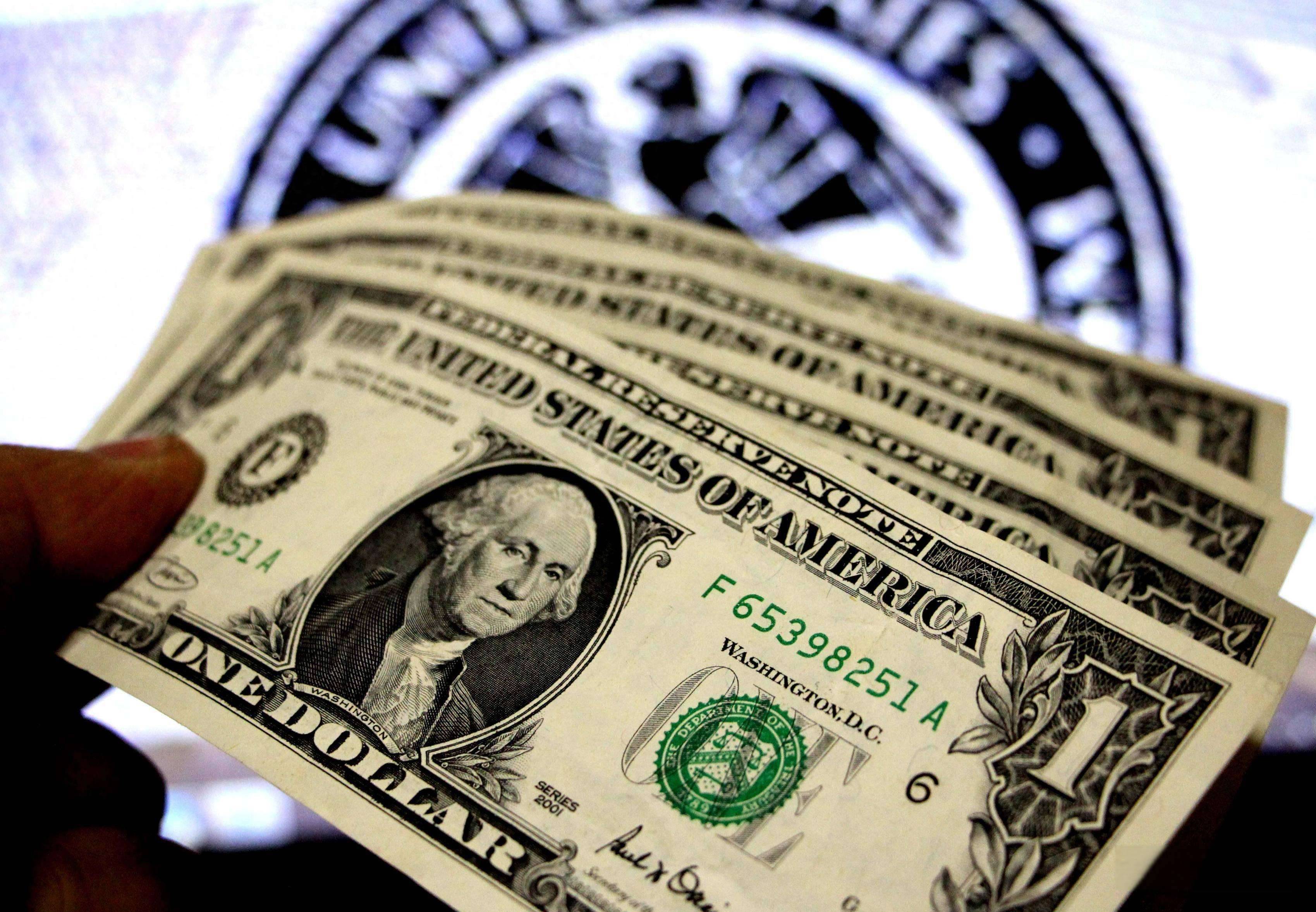De-Dollarization Stalls: A Global Currency Shift?
Advertisements
The complexities of global finance often reveal themselves in subtle shifts and jarring jolts, exemplified recently in the response to the Federal Reserve's decision to lower interest ratesIn December 2024, the Fed cut rates by 25 basis points, a move that was initially predicted to invigorate the marketsYet, this event unfolded in ways that astonished many analysts, leading to significant volatility across financial markets, particularly in U.Sequities and the strength of the U.Sdollar.
The Fed's interest rate reduction was positioned as a strategic effort to bolster the economy amid an unpredictable global economic landscapeHowever, contrary to typical expectations where rate cuts might fuel currency depreciation, the immediate aftermath revealed a paradox: the dollar soared to new heightsWall Street experienced a turbulent reaction, with major stock indices plunging as investor sentiment turned cautious.
This bewildering scenario prompted serious contemplation about the underlying message in Federal Reserve Chair Jerome Powell's remarks
Powell hinted at a potential moderation in future rate cuts compared to market anticipations, a sentiment that drastically shifted expectations regarding the dollar's future valueIn an environment where economic resilience was perhaps being reconsidered, confidence in the U.Sdollar's strength surged, asserting its role as a safe haven amidst a recovering economy and fears of stagnation in other major economies.
The implications of this situation extended beyond mere market movements; they stirred debates about the Federal Reserve's approach to managing expectations surrounding its monetary policyThe realization emerged that effective expectation management is crucial for both short-term fluctuations and the overarching trajectory of economic growthThis pivot, highlighted by Powell’s perspectives, would require a recalibration of strategies for the Fed in the uncertain economic terrain ahead.
This backdrop of Fed maneuvers has inadvertently reinforced the dollar's grip on international payments, which has reached historic proportions despite global economic challenges
- Pitfalls of the Forex Market
- Competition in the Billion-Dollar Data Market
- Manufacturing Sector Sees Three Months of Growth
- Industry Giants Push for Real-World Tech Deployment
- 2025 Treasury Market: Trends and Drivers
Market participants displayed renewed confidence in dollar-denominated assets, as the dollar's share of international transactions soaredInvestors, wary of geopolitical uncertainties, sought out the dollar as a bastion of stability, leading to an influx of capital into U.Sfinancial markets.
When examining the global currency landscape, the persistence of the dollar as the predominant reserve currency becomes even more pronouncedAs geopolitical tensions and economic uncertainties abound, central banks worldwide clamor for dollar holdings as a strategic hedgeEven in a scenario of interest rate reductions, the breadth and depth of the U.Seconomic framework and its financial markets served to maintain the dollar's supremacy.
In light of this, the challenges posed to the euro become glaringly evident, particularly as the European economic sphere grapples with its own set of pressures due to conflicts and systemic weaknesses
The euro, the second-largest reserve currency, has faltered in payments, showcasing deeper economic issues within the Eurozone and a diminished international market presence in comparison to the dollar.
The repercussions of rising energy prices, supply chain disruptions, and eroded market confidence have marred the Eurozone's recovery prospectsAs fiscal policies diverge across member states, the euro's stability has become increasingly tenuous, making it more susceptible to external competition from stronger currencies, particularly the dollar.
Furthermore, the euro’s waning influence underscores the broader, intricate dynamics of the evolving global currency hierarchyWhile the euro once represented an alternative to U.Sdominance, its frailties now invite comparisons with the burgeoning international presence of the renminbiOver recent years, the Chinese currency has made strides toward greater global acceptance, seeing its share of international payments rise to 3.89%. Nonetheless, the renminbi’s ascent isn't without significant hurdles.
China has made determined efforts to internationalize its currency, engaging in policies aimed at establishing greater usage in cross-border trade and securing currency swap agreements with various nations

The drive towards open markets and reforms in its financial framework remains a focal point for the Chinese government as it seeks to increase renminbi credibility and attractiveness to foreign investors.
However, the path to greater renminbi integration into the global monetary system is riddled with obstacles, not least of which are the enduring dominance of established currencies like the dollar and euroThe trust in renminbi-denominated assets still lags, hampered by concerns around governance, transparency, and broader economic stability within China.
In addition, geopolitical tensions create an increasingly unpredictable backdrop for the renminbi’s internationalizationThe looming presence of trade conflicts and diplomatic frictions may stall efforts and create volatility that detracts from investor confidence.
The progression of the global monetary landscape continues at a pace shaped by economic power dynamics and international relations
As nations grapple with how best to leverage their currencies on the world stage, the balance of power in finance appears increasingly complexThe future of the international currency system is poised for transformations driven by advancements in technology, the proliferation of digital currencies, and the recalibrations of traditional economic alliances.
Incorporating green financial initiatives too points to an emerging trend where sustainable practices could redefine currency valuations in the futureAs globe-trotting shifts in climate policies solidify, we might find ourselves navigating a multidimensional framework for currencies that considers multiple aspects of sustainability alongside traditional economic indicators.
The evolution of the global currency landscape also brings to light the importance of international cooperation and coordinated policy responsesAs the complexities of crises arise, nations will increasingly need to converge on strategies that ensure stability and currency security